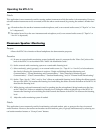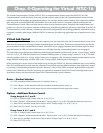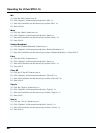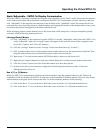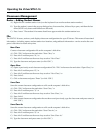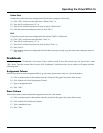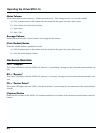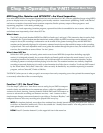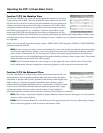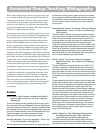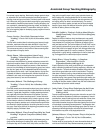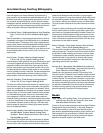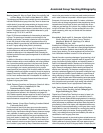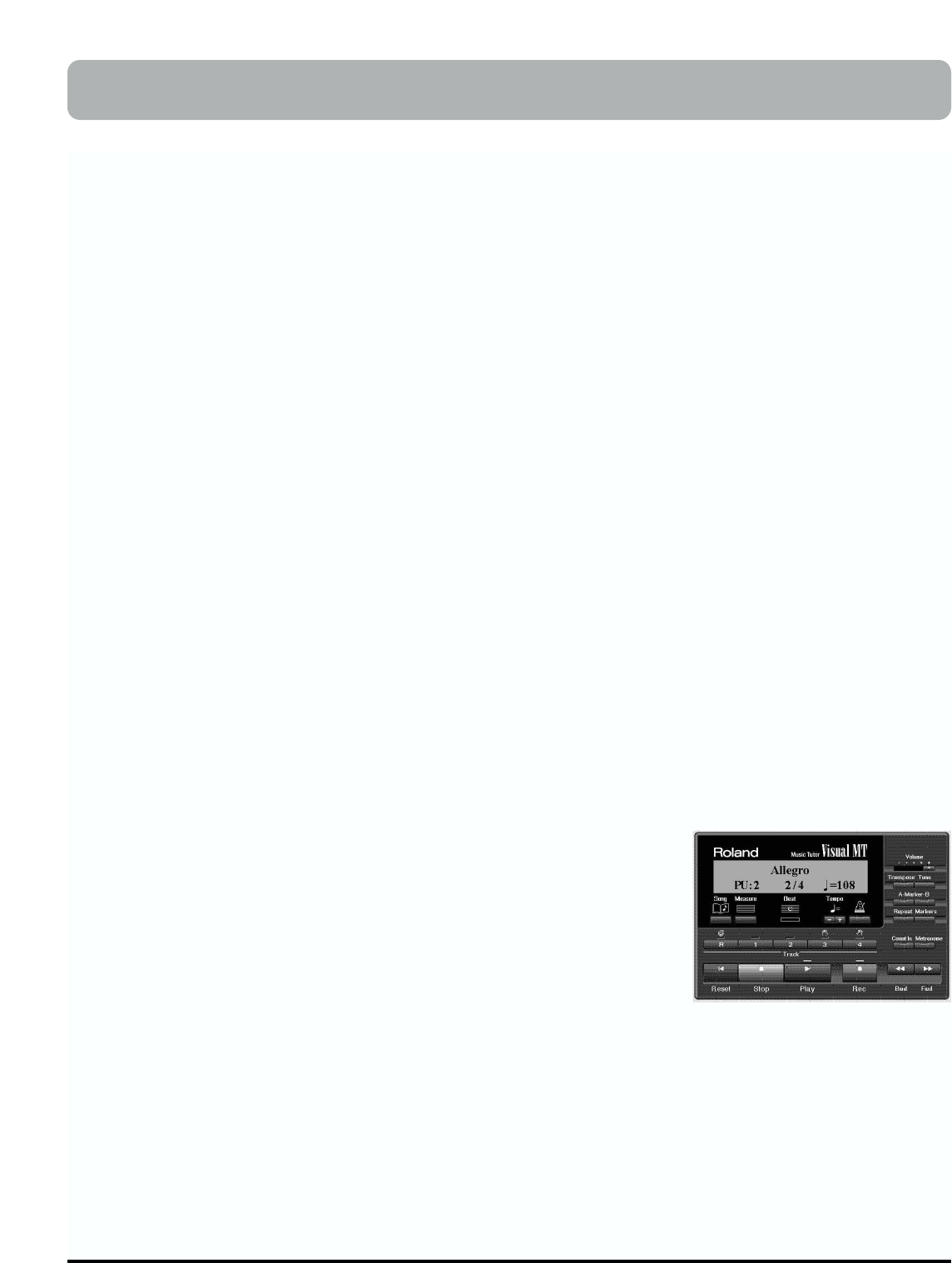
MIDI Song Files, Notation and WYSIWYG*—the Visual Imperative
Soon after MIDI (Musical Instrument Digital Interface) was introduced in 1983, software publishers began using MIDI’s
power to display notes of a song file as graphic, print-worthy notation—instant music publishing. Finale
®
and Sibelius
®
are but two examples of successful music notation companies. But the primary output of these programs—and
sequencing programs—is the static, printed page.
The V-MT1 is a visual sequencing/notation program, a powerful tool that is remarkable for two reasons: what it does,
and almost more importantly, what it does NOT do.
What it does:
The V-MT1 plays back Standard MIDI Files (SMFs) of both type 1 and type 0. This interactive data is used to help
students learn. Typical student-teacher interactions made possible by MIDI: recordings can be adjusted, so the
tempo is slower; the recording’s orchestration can be turned off for greater learning focus; and the MIDI file’s
notation can be instantly displayed in a dynamic, animated musical score that unfolds in tempo, as the recording
is played back. This user-adjustable music score guides the student through the piano class, the method book, the
exercises, the ensembles or some of those “for fun” pieces.
What it does NOT do:
While the V-MT1 quickly and easily prints music scores from a MIDI file (except those including copyright
notices), it is designed primarily for on-screen display to fluently guide and tutor the music learner’s eyes. Its
sequencing functions are limited to the basics one would encounter in a real-time classroom situation, such as
recording a pattern or melody and then playing it for the class. The notation functions are similarly simplified:
recording a tune and displaying it in easily re-sized notation for all the class to visualize. To edit any SMF created
by the Visual Music Tutor, these “after-class” edits can easily be handled by any suitable sequencing or notation
program, such as Cakewalk
®
, Finale or Sibelius.
*WYSIWYG (what you see is what you get) is an acronym from early computing years when printed documents began
to accurately reflect that of the on-screen display.
Function 1 (F1) the Panel View
F1 is the simple “panel view” that allows users to easily play an SMF. Its transport
controls closely resemble those of a cassette tape player, with a few additional con-
veniences for music learning. Learning features include: BWD and FWD buttons to
reverse or advance the recording one measure at a time, + and – buttons to allow
simple tempo changes, metronome button for providing a “Professor. Rhythm,” and
transpose button to allow any recording to be played back in any key.
WHY: For simplest playback, most often when students have already learned the piece, this panel view lets learn-
ers follow an interactive audio track. This is also suitable for “already fluent readers” who may prefer to follow a
static printed score on the music rack.
HOW: Press F1 (function button #1) or the upper left icon in the menu bar.
Chap. 5–Operating the V-MT1
(Visual Music Tutor)
33




